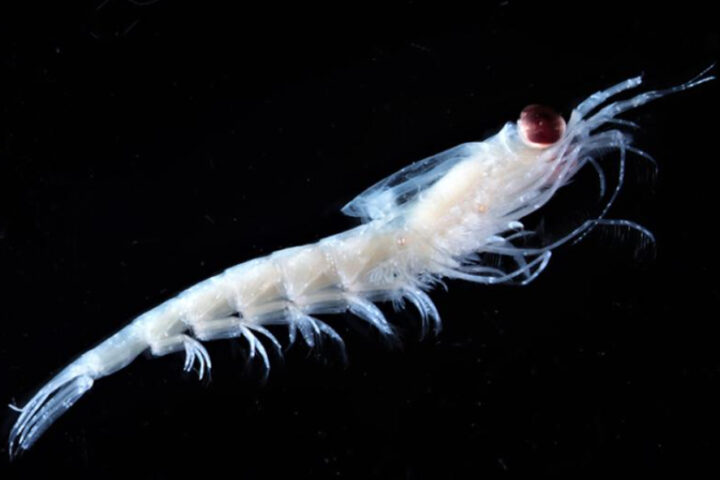The GAIA Initiative has developed and tested an artificial intelligence system that uses tagged white-backed vultures to detect and monitor wildlife mortality across vast African landscapes. This innovative approach combines animal instincts, human expertise, and machine learning to create an early warning system for environmental changes.
“This combination of three forms of intelligence—animal, human, and artificial—is the core of our new I³ approach with which we aim to make use of the impressive knowledge that wildlife has about ecosystems,” says Dr. Jörg Melzheimer, GAIA project head and scientist at the Leibniz-IZW.

Technical Implementation
The project equipped 34 free-ranging vultures with GPS/ACC bio-loggers in Etosha National Park, Namibia. These devices record detailed movement data along three spatial axes, enabling AI algorithms to classify vulture behaviors with 89% overall accuracy.
“Every behavior is represented by specific acceleration patterns and thus creates specific signatures in the ACC data of the sensors,” explains wildlife biologist and AI specialist Wanja Rast from the Leibniz-IZW.

The system analyzed over 95 million GPS data points and 13 billion ACC records from more than 130 vultures, with most tagged in Namibia. The AI classifier achieved a precision rate of 0.95 and an overall accuracy of 0.89 in identifying vulture behaviors.
Similar Posts
Critical Conservation Impact
White-backed vulture populations have declined by 90% over three generations, averaging a 4% annual decrease. Dr. Ortwin Aschenborn, GAIA project co-head, notes: “For us as wildlife conservation scientists, the knowledge and skills of vultures as sentinels are very helpful to be able to quickly recognize problematic exceptional cases of mortality and initiate appropriate responses.”
The system can detect:
- Disease outbreaks
- Environmental toxins
- Illegal wildlife killings
- Drought conditions
- Predator poisoning incidents

Collaborative Research
The project unites the Leibniz Institute for Zoo and Wildlife Research, Fraunhofer Institute for Integrated Circuits IIS, and Tierpark Berlin. Their combined expertise enabled development of specialized bio-logging technologies and machine learning algorithms.
The research took place in Etosha National Park’s 22,270 km² area, where scientists verified exactly 580 carcass clusters and 1,300 non-carcass behavioral clusters identified by the AI system.

Future Applications
This methodology creates possibilities for:
- Monitoring seasonal mortality trends
- Early detection of disease outbreaks like anthrax
- Identifying environmental poisoning cases
- Tracking illegal activities involving wildlife
- Supporting vulture conservation efforts
The research demonstrates how technology can enhance wildlife monitoring while addressing urgent conservation challenges. The system’s ability to function with data from individual vultures makes it adaptable across different population densities and geographical areas.


















